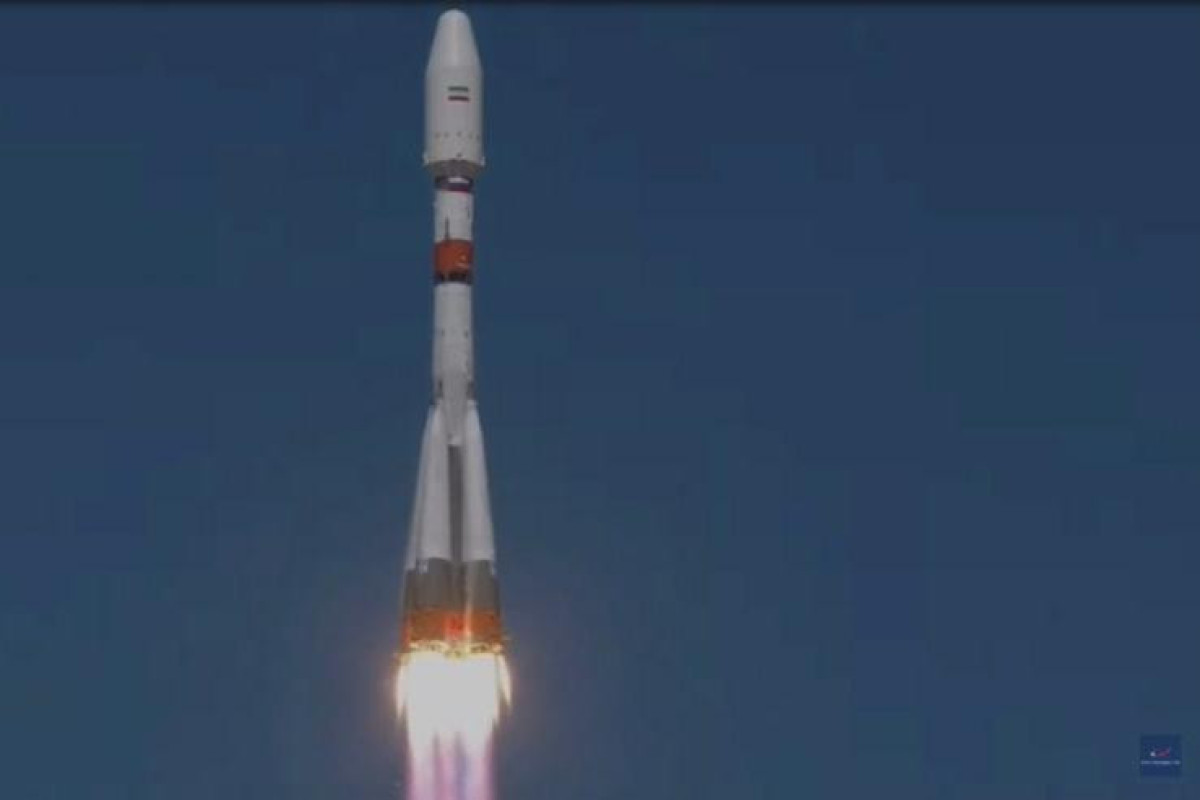Daliriyan stated on Saturday that the ISA and the Information Technology Organization of Iran (ITO) are exploring legal channels in order to prepare and present the first batch of satellite images to judicial authorities combating land expropriation.
He added a memorandum of understanding has already been signed between ISA and ITO after the latter requested more accurate data and observation of land surface by means of the satellite in order to resolve legal disputes between ordinary citizens and state bodies.
While data are being collected and analyzed under the agreement, the two Iranian organizations are exploring necessary legal channels so as to arrive at favorable goals and provide the first batch of satellite images to help deal with various cases of land grab and monitor land use changes.
“Khayyam satellite is currently taking images from different parts of the country as part of efforts to implement the memorandum of understanding. These images will be utilized in order to address legal challenges of ordinary people and state institutions concerning land use changes,” Daliriyan continued.
“We are ready to offer necessary data to other Iranian state agencies and help them solve their problems in various fields, including environmental monitoring, water resources, soil erosion and land subsidence,” he noted.
Back in August last year, the Khayyam satellite was launched into orbit from the Moscow-operated Baikonur Cosmodrome in Kazakhstan, marking what Iran called the beginning of “strategic” aerospace cooperation between Tehran and Moscow.
With remote-sensing applications, the satellite will send high-quality pictures four times a day for use in environmental and agricultural research and monitoring of water resources, according to Iran’s Space Organization.
The maps and data will be used for improving agricultural productivity, enhanced monitoring of Iran’s water resources, managing natural disasters, supervising development projects under construction, observing environmental hazards, monitoring mines and relevant excavations, and keeping a close watch on the country’s borders.
Iran’s Space Organization received the first telemetry data sent from the Khayyam satellite hours after the launch.
The satellite was launched at the velocity of 7.6 kilometers per second and was placed into an LEO orbit 500 kilometers above the earth’s surface some 480 seconds after the blast-off.
The Earth observation satellite has been named after legendary Persian polymath Omar Khayyam (May 18, 1048 – December 4, 1131), who is known globally for his epic contributions to the fields of mathematics, astronomy, philosophy, and poetry.
Despite sanctions imposed by Western countries on Iran in recent years, Iran has managed to take giant strides in different fields of science and technology.
